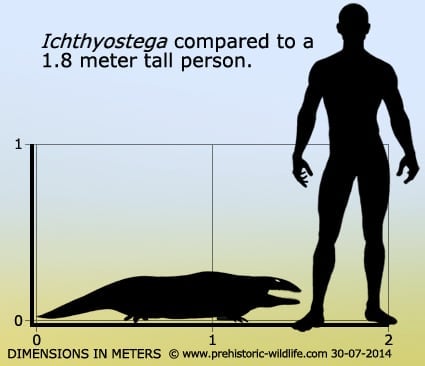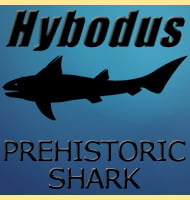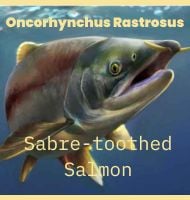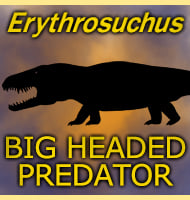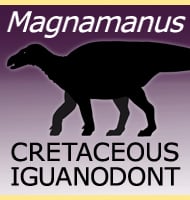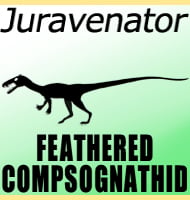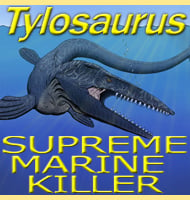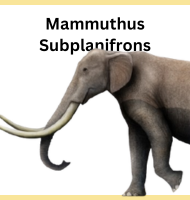In Depth
Ichthyostega is considered to be one of the important transitional links between marine and fully terrestrial vertebrates. With lungs that were surrounded by a rib cage that was composed of overlapping ribs, Ichthyostega was able to spend time upon the land without suffocating under its own weight. The spine was also stronger with the vertebrae being better developed to connect together. Although terrestrial movement was a possibility, Ichthyostega seems to be more developed to life in the water, especially in the adult stage of life. The smaller size of juveniles would have made it easier for them to move on land, possibly as a method for avoiding other predators until they grew large enough to avoid being the prey.
Although the forelimbs have never been recovered, they are generally thought to have been larger than the rear limbs, perhaps as an aid to carrying its body out of the water. Locomotion under the water would appear to be a combination of tail and legs, with the legs being specifically used to muscle its way through the submerged undergrowth of aquatic plants.
Further Reading
– Taxonomic Revision Of The Late Devonian Tetrapod Ichthyostega from East Greenland. – Palaeontology, 48, Part 1:111–134. – H. Blohm – 2005. – Three-dimensional limb joint mobility in the early tetrapod Ichthyostega.- Nature 486: 524–527. – Stephanie E. Pierce, Jennifer A. Clack & John R. Hutchinson – 2012.
